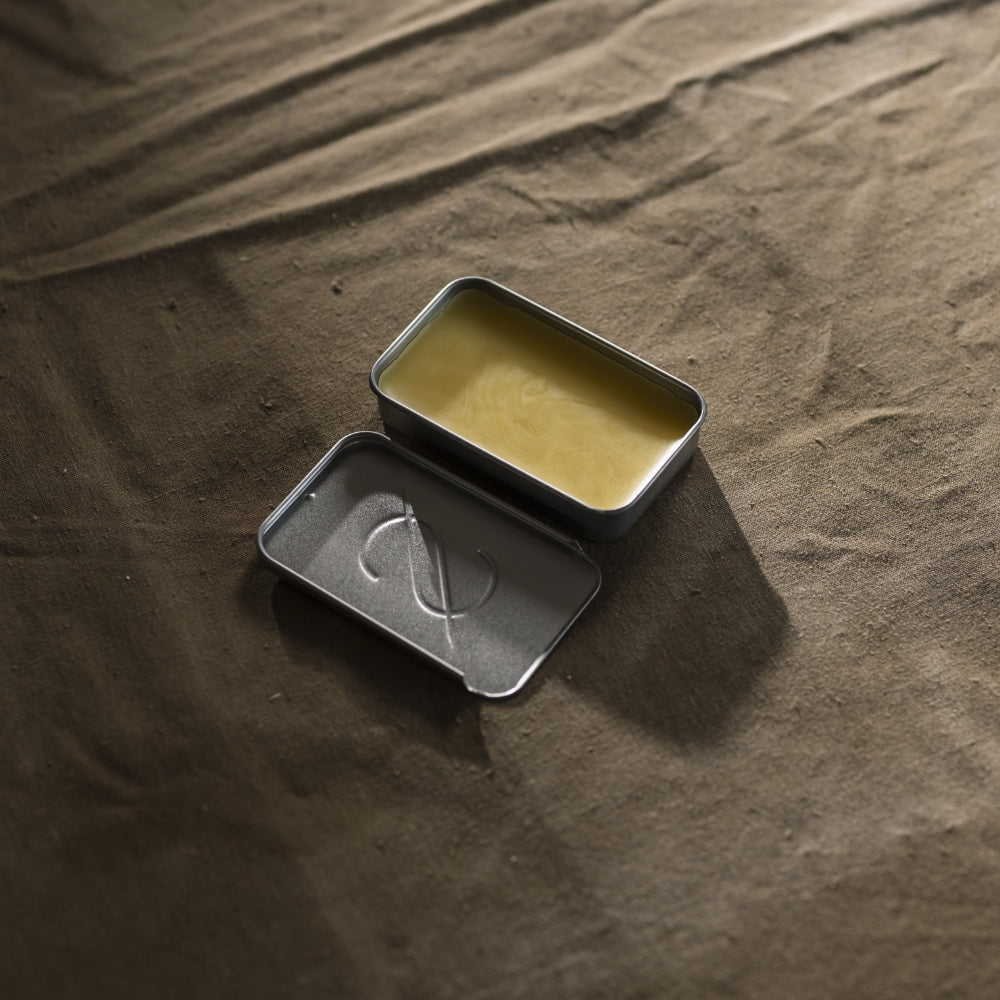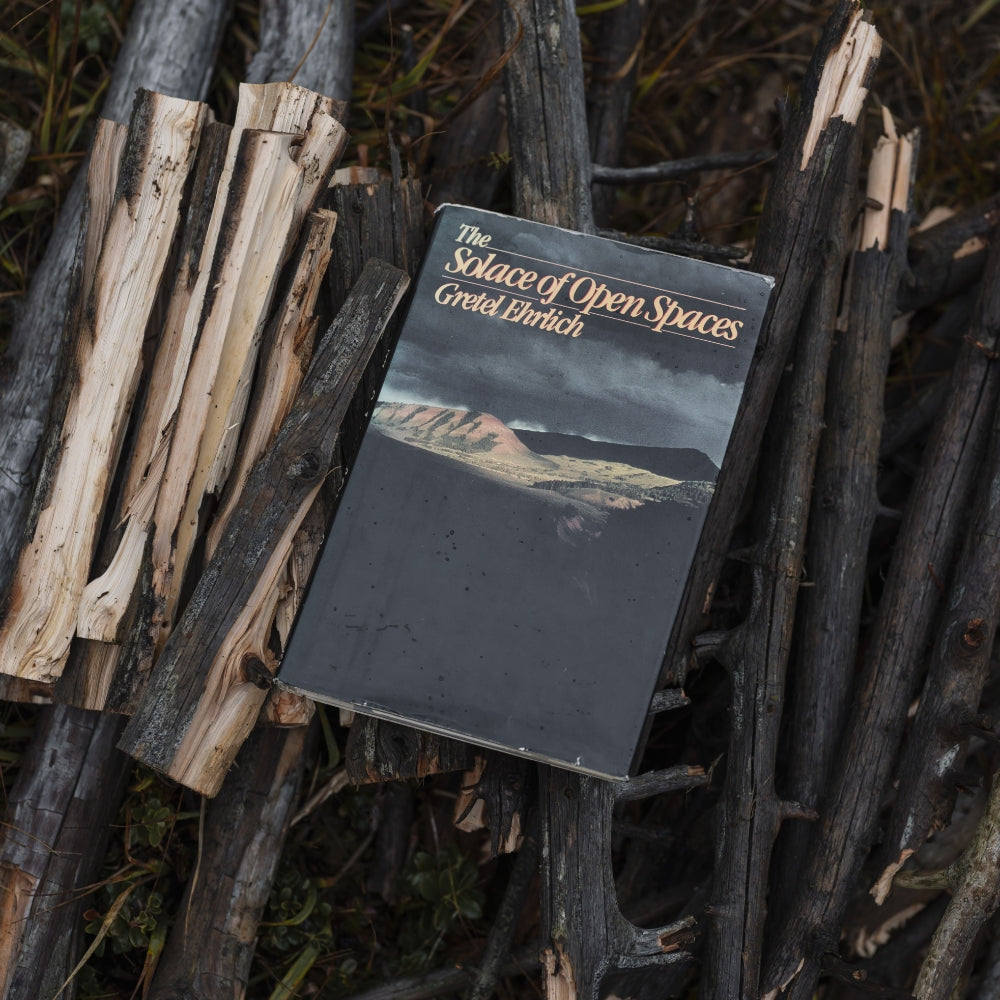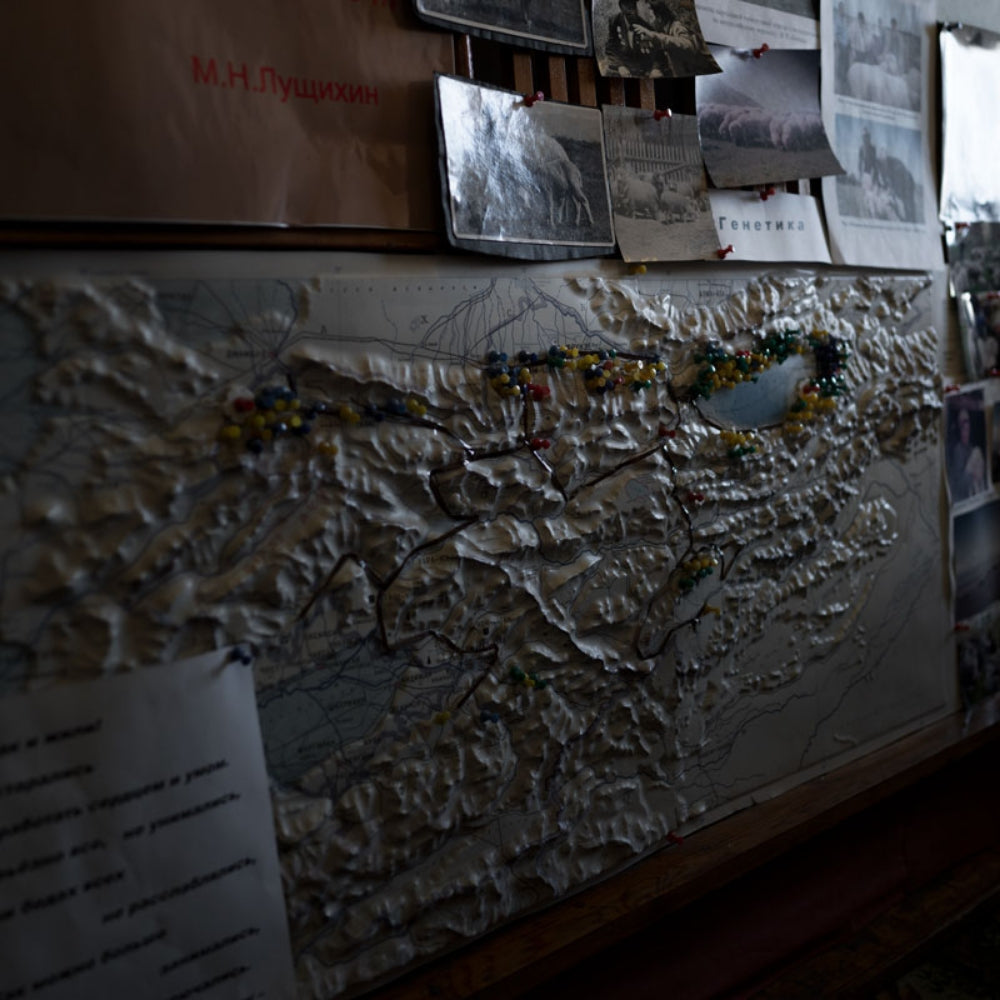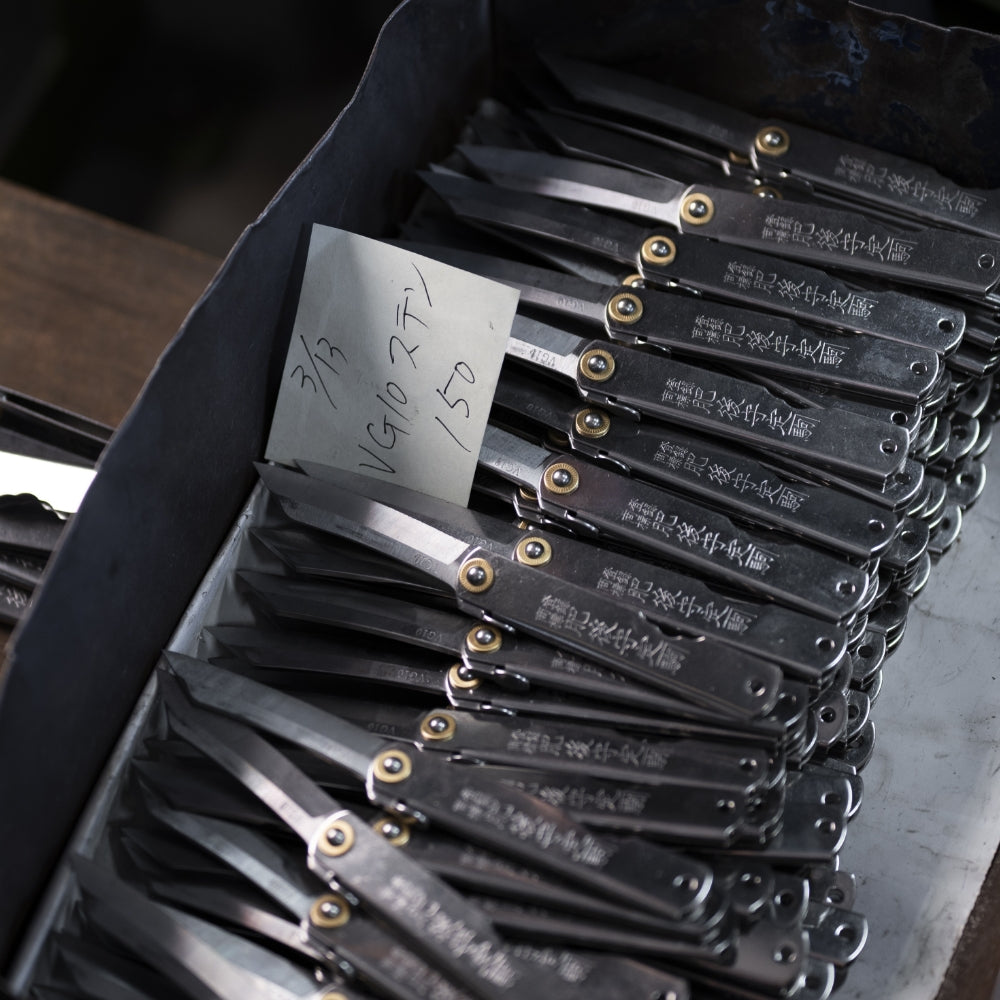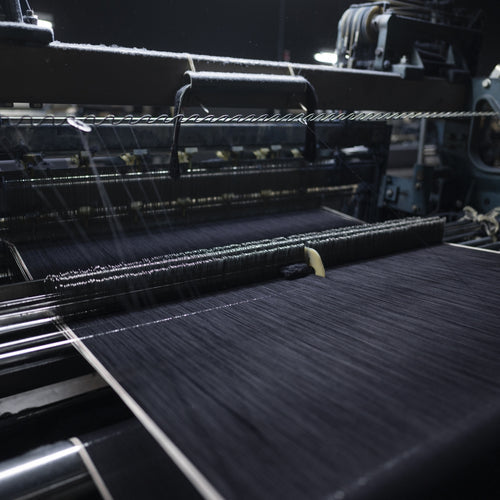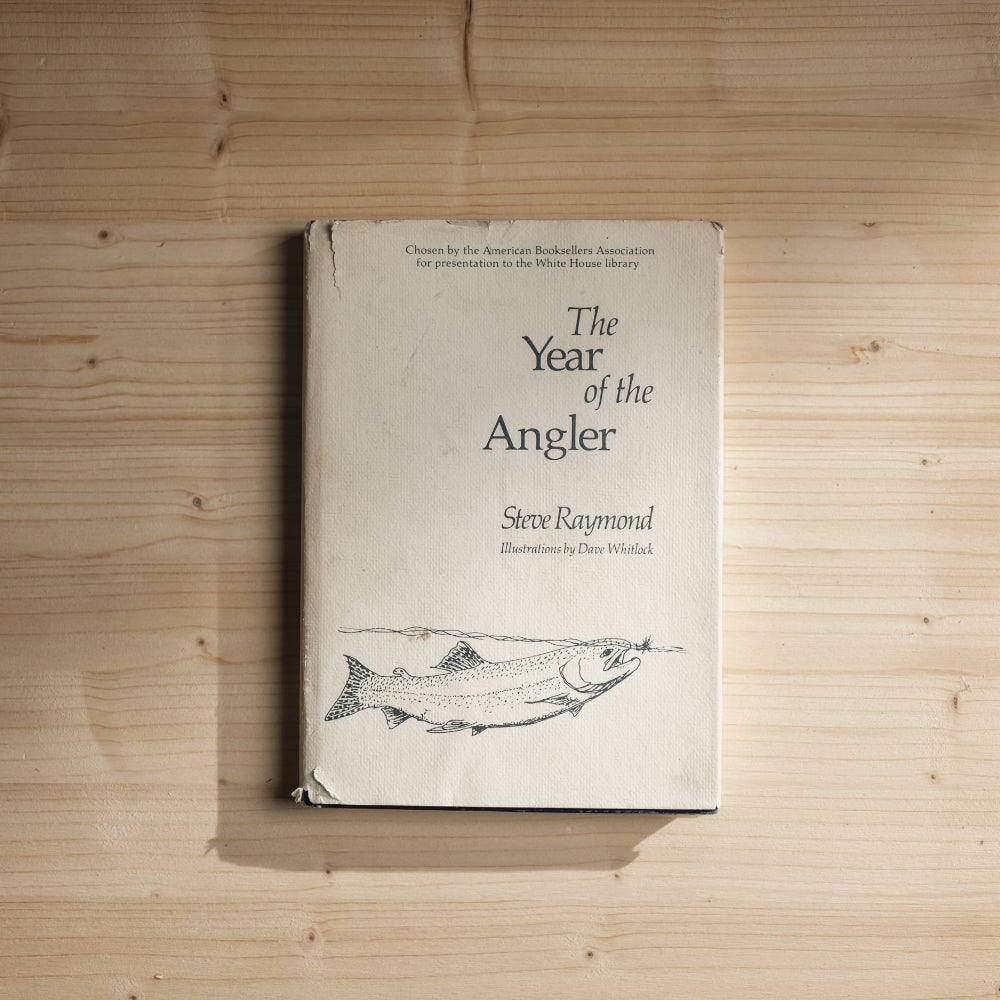In a world where 80% of Merino wool originates from the distant shores of Australia and then loses its traceability in shadowy Chinese supply chains, a simple yet profound question arises: Is there a closer source of Merino wool with traceability back to the farm, the grower, and even the sheep? The answer is yes, and Kyrgyzstan holds the answer.
The Kyrgyz wool industry peaked at 10 million sheep shortly before the Soviet Union fell. This rise began with Dr. Lutshikhin, whom the Kremlin appointed to bring Merino sheep into the Soviet Union. He assembled a team of wildlife biologists, veterinarians and farmers dedicated to finding the environment for these sheep to thrive. A few research papers and field trips later—Kyrgyzstan, with its pristine nature and seasoned herders, was their chosen haven.

Dr. Lutshikhin arranged the airlift of 200 Merino sheep from Australia to Kyrgyzstan. His strategy was to cross-breed these Merinos with the local breeds and patiently wait for nature to work its force. The aim was to blend the Merinos fine wool characteristics with the ruggedness of local mountain breeds, adapting them to high altitudes and severe weather while growing a warmer fleece.
The results were promising; the Merinos not only survived but thrived in the Kyrgyz mountains, leading to the birth of the Kyrgyz Merino breed. Over a century, these sheep adapted remarkably to the local environment, with herders swiftly mastering the nuances of raising Merinos. This venture stood in stark contrast to other projects where humans introduce species to new environments, which often results in disaster.

During the Soviet era, the wool industry saw significant advancements, highlighted by the establishment of Central Asia's largest woolen mill in Tokmok—Kasiet (meaning 'eternal'). This factory became a center point in the Soviet wool supply chain, producing yarn for civilian and military use. However, the collapse of the Soviet Union in 1991 triggered a sharp decline in the wool industry. With the market evaporating, sheep numbers plummeted from 10 million to a mere 30 thousand over three decades.
China kept the wool market afloat for some time, albeit at a cost. Chinese merchants wanted raw wool instead of yarns, inadvertently driving down prices and exerting control over the Kyrgyz farmers. This pressure brought the industry to a crossroads—the last-standing farmers faced a decision: should they slaughter the merinos for meat and pivot to other livestock?


Drawn by the story and potential extinction of the Kyrgyz Merino sheep, we embarked on a field trip across six Kyrgyz regions, interviewing the last Merino farmers to understand the lay of the land. The job seemed straightforward yet complex: connect farmers to the European market and ensure fair prices for their wool, thereby securing future shearing seasons and continuous breeding. Despite previous failures faced by others, the farmers placed their trust in us, perhaps because we were their last option or possibly seeing our curiosity for wool and stories.
Numerous hurdles lay ahead. European mills would not accept wool from unknown sources, even with an established transportation route. Our efforts to engage global experts in Merino wool were met with skepticism and rejection. Nonetheless, persistence led us to Mr. Durand, a seasoned wool processing expert who agreed to provide guidance despite foreseeing likely failure.


While sending samples provided some insights, the true test would only come with processing a large batch of wool. We had to take a leap of faith and transport 20 tons of raw Kyrgyz Merino wool to a Bulgarian mill. This has its own challenges, as raw wool is regulated as an animal product, not a textile. We must meet veterinary specifications and undergo thorough inspections at every border crossing.
At the mill, we washed and combed the wool to understand its key characteristics, such as fiber diameter, staple length, and manufacturing yield. These factors are contributing to the quality and buyout price for farmers. The results were not great, but not terrible either; we sold the batch to the highest bidder, allowing Kyrgyz farmers to continue with the next season of shearing.

This notional success earned more trust from farmers. The following year, we advanced groundwork for shearing, sorting, and grading to enhance the quality of the wool, leading to the export of 120 tons of wool and the establishment of a transportation route from Kyrgyzstan to Europe.
The farmers glimpsed new hope on the horizon, reigniting the legacy of Kyrgyz Merino sheep. Yet, merely exporting raw wool—even at a fair price—was not a sustainable path. The key lies in restoring local wool processing for true independence and survival of the Kyrgyz Merino sheep. The heart of this resurgence? Kasiet—the historic factory that once stood as a cornerstone of Kyrgyzstan's wool industry. Rebuilding this facility is more than an economic move; it's about restoring a piece of heritage and securing a self-sustaining future for the farmers and their flocks.
The Kasiet marks our next chapter—a story we are proud to be part of.


